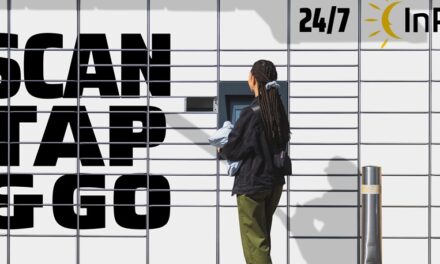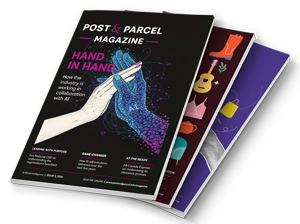
Mail ads with credit card offers dropping off
The pesky piles of credit card offers that clog many Americans’ mailboxes might start to taper off.
Since the early 1990s, the volume of credit card solicitations mailed to U.S. consumers has soared more than sixfold, with card companies last year sending out more than 6 billion offers, according to market-research firm Synovate.
But the pitches have been losing effectiveness. Just three out of every 1,000 offers generated responses last year, down from about 28 per 1,000 in 1992.
Now, top card issuers such as Bank of America Corp. and JPMorgan Chase & Co. are rethinking their marketing strategies and shifting away from direct mail. Instead, they hope to peddle more credit cards through bank branches, Web sites and even ATMs in hopes of boosting the effectiveness of their pitches and cutting costs.
The trend already appears to be taking a bite out of mail volumes. After sharp increases in 2004 and 2005, the number of credit card offerings in the mail unexpectedly dipped by about 20 percent to 25 percent in the first quarter of 2006, said Brent Stratford, a vice president on Synovate’s financial-services team.
“You have a much lower clutter rate in the homes,” Stratford said.
The disillusionment with direct mail stems in part from the high cost of sending out billions of pieces of mail. Those costs could get even higher next year if, as expected, the U.S. Postal Service raises postage rates.
“The cost to acquire a new customer is dramatically lower” in branches, said Henry Fulton, a card-services executive at the Charlotte-based bank. In the second quarter of 2006, direct mail generated 23 percent of Bank of America’s card sales, down from 30 percent a year ago.
Broader factors are also at play. Some U.S. households get inundated with hundreds of offers a year, and many Americans’ wallets already are stuffed with several cards. Banks are scrambling to find new customers in what some view as a saturated market, and they are eager for marketing venues where they can use existing connections to lure potential customers.
In addition to relying more on their branches and Web sites, Bank of America and JPMorgan are experimenting with ATMs that offer cards to customers who meet credit and other criteria, executives say.
“I think we’ve got to be pretty much at the peak” of bulk-mail volumes, David Robertson, publisher of the Nilson Report, a card-industry newsletter, said of direct-mail marketing.
“It just makes more and more sense for the biggest players to take a different tack.”
Even so, direct mail remains the most effective marketing venue for issuers, generating more than 60 percent of applications for new cards last year, according to Synovate.
That isn’t likely to change anytime soon, especially as companies get ever more sophisticated with their targeting techniques.
Two of the heaviest users of direct mail promotions, American Express Co. and Capital One Financial Corp., lack the on-the-ground banking presences that would allow them to easily sell cards through branches.









